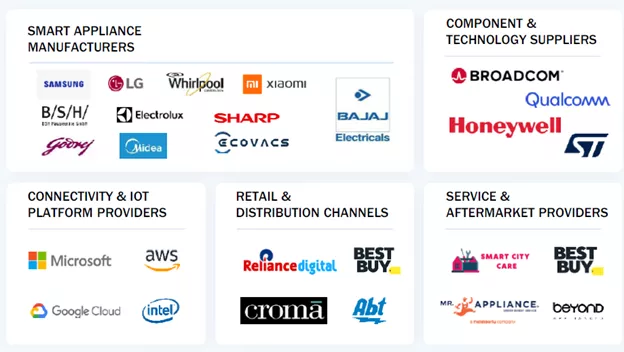The non-volatile memory market is projected to grow from USD 74.6 billion in 2022 to USD 124.1 billion by 2027; it is expected to grow at a CAGR of 10.7% from 2022 to 2027.
The Asia Pacific region is expected to be one of the key markets for non-volatile memory in the future, owing to the varied applications of non-volatile memory. The market growth can be attributed to the region's high population density, making it a high-potential market for consumer electronic products. The increasing demand for non-volatile memory in consumer electronic products is driving the market in Asia Pacific. The Asia Pacific region comprises some of the leading countries in the field of electronics, such as China, Japan, Taiwan, and India. The region is a hub for significant semiconductor and electronics manufacturing. This is one of the vital factors fueling the market in the region.
Download Free PDF:
https://www.marketsandmarkets.com/pdfdownloadNew.asp?id=1371262
The increasing replacement of traditional memories with emerging non-volatile memories offers a significant opportunity for market players. Traditional memory technologies, such as DRAM and flash, have captured a major share of the memory technology market. However, emerging non-volatile memory technologies entering the memory technology market are expected to replace existing memory technologies, such as DRAM and flash. Traditional flash memories have limitations, such as slow switching rate, high latency, and low scalability. They face limitations of scalability below 90 nm while using floating gate technology and consume more power than other emerging memory technologies. Currently, flash memories are being used in smartphones, tablets, and PDAs. The major alternatives to flash memories are 3D NAND, ReRAM, NRAM, and MRAM, which are superior to flash memories in terms of latency, switching time, endurance, write cycle, and data retention.
Memory storage density stores the information bits on a computer storage medium. Higher-density memory is more in demand as it allows greater volumes of data to be stored in the same physical space. Thus, storage density directly correlates with a given medium’s storage capacity. Storage density also has a fairly direct effect on performance and price.
High-density memories such as RRAM, NAND flash, and NVDIMM face numerous challenges related to poor scalability. Scalability refers to the ability of a product to function well even when there is a change in its size and capacity. These memories cannot adhere to the required endurance, noise margin, and reliability levels. There are also issues related to scalability in flash memory, which have been difficult to overcome. In addition, there is limited capacity for electron storage in high-density non-volatile memories. The impact of this challenge is high at present, but it is expected to reduce in the near future.
Thursday, March 2, 2023
Non-Volatile Memory Market - Business Overview, Latest Advancement, Detail Analysis
Subscribe to:
Post Comments (Atom)
Smart Home Appliances Market: Revolutionizing Modern Living Through Connected Intelligence to 2030
The Connected Home Revolution Smart home appliances are becoming a central pillar of modern households as consumers increasingly adopt conne...

-
In the ever-evolving landscape of industrial automation, ensuring the safety of workers and machinery is paramount. Machine safety solutio...
-
The global 3D machine vision market is expected to be valued at USD 2.13 Billion by 2022, growing at a CAGR of 11.07% between 2017 an...
-
According to the new market research report on the "Nanorobotics Market by Type (Nanomanipulator (Electron Microscope and Scanning Pro...
No comments:
Post a Comment